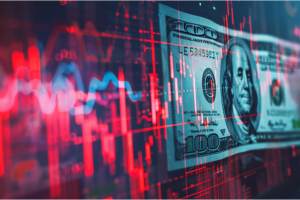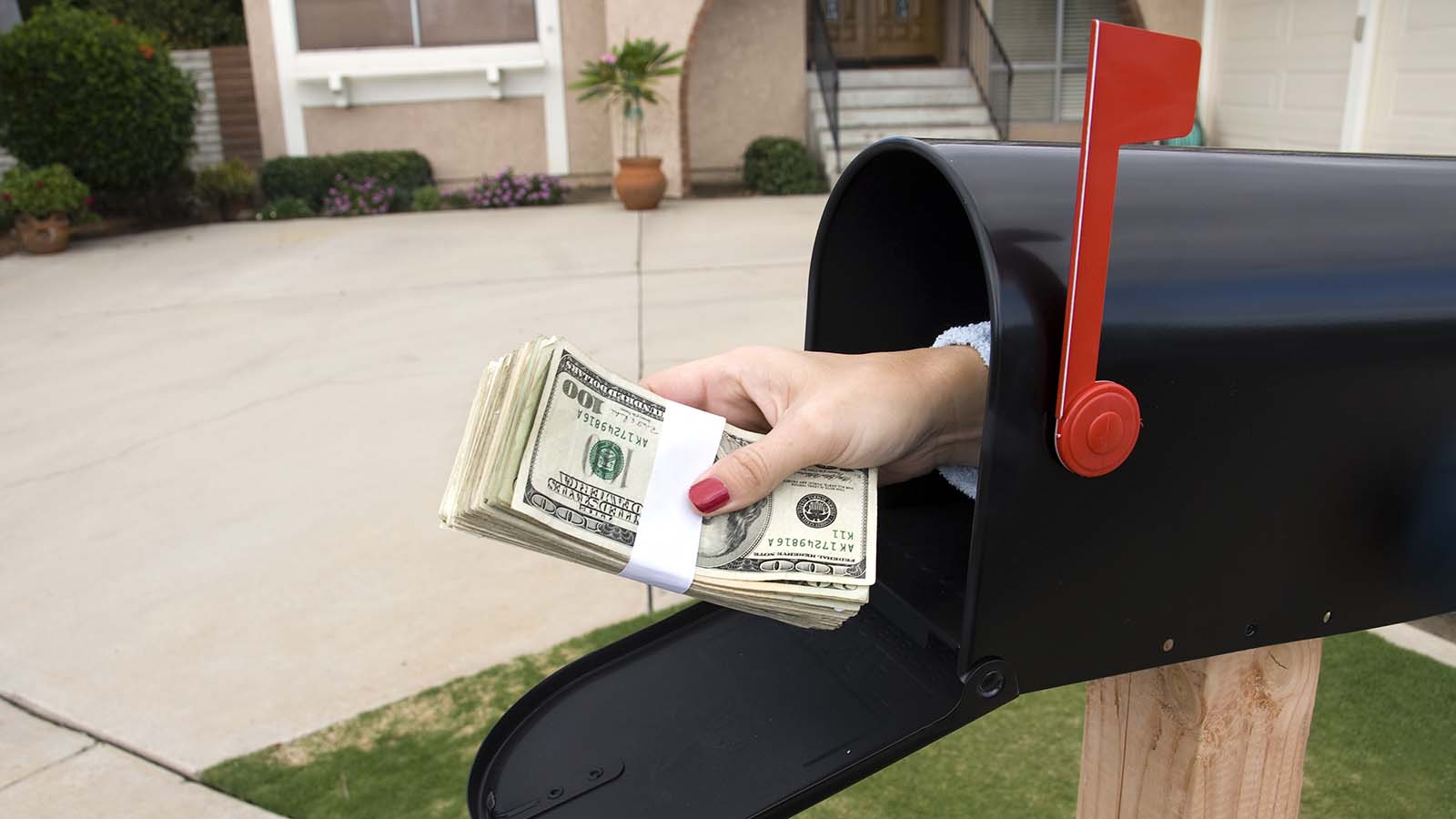
While optimism in the broader market remains robust – particularly for hyped-up sectors like technology – investors may still want to consider the relative safety of dividend stocks to buy. Notably, in the trailing month, the benchmark S&P 500 index went absolutely nowhere. That could be a sign that to go the conservative route.
To use a specific baseball analogy, acquiring the best dividend stocks is the opposite of what Los Angeles did at the trade deadline. According to Barstool Sports, the Angels were “reckless” to be buyers instead of sellers. Bottom line, the club may have severely comprised its future because a) key players may leave, and b) it’s on the hook financially for aging and ineffective veterans.
To put it bluntly, the Angels didn’t run the realistic math of their circumstances. But for astute investors, the math points to at least some exposure to the best dividend stocks. Basically, we just don’t know what the future may hold. So, if you want to stay in the market, go with passive income providers. Below are some ideas to consider, including stocks with high dividends.
Kroger (KR)

Fundamentally, the narrative for Kroger (NYSE:KR) as one of the best dividend stocks to buy sells itself. It comes down to the trade-down effect. As economic pressures build, consumers will trade down their purchases to cheaper alternatives. Well, you can’t really go much cheaper than Kroger unless you want to compromise your health with cheap processed food. Therefore, Kroger may be economically insulated.
Of course, that doesn’t mean that Kroger is immune to downside pressure. Still, if I had to pick some market ideas to last me the long haul, I’d have difficulty ignoring KR. For example, shares traded at a forward multiple of 10.82. As a discount to projected earnings, the grocery giant ranks better than 87.3% of its peers. It also enjoys solid revenue growth and consistent annual profitability.
As for the topic at hand, Kroger carries a forward yield of 2.37%. Moreover, the company features 17 years of consecutive annual dividend increases. Not only that, the payout ratio sits at 25.75%. Thus, investors won’t have to worry too much about yield sustainability. It’s one of the no-brainer dividend stocks.
Home Depot (HD)

A reliable enterprise, home improvement retailer Home Depot (NYSE:HD) offers a sensible idea for dividend stocks to buy. No, it’s not the most exciting company to acquire. And it’s probably not going to make you rich, whether through its capital gains potential or its yield. However, when faced with significant economic uncertainties, Home Depot offers resilience.
Basically, its business of offering core consumer goods won’t go out of style. Financially, Home Depot also presents a rather boring picture. Per investment data aggregator Gurufocus, HD is fairly valued; nothing special here. However, it features a solid three-year revenue growth rate (per-share basis) of 15.2%, along with an EBITDA growth rate of 16.7% during the same period. It’s also consistently profitable, as you might expect.
On the passive income front, HD features a forward yield of 2.52%. In addition, it enjoys a track record of 14 years of consecutive payout increases. Therefore, it’s one of the best dividend stocks to buy for reliability.
Johnson & Johnson (JNJ)
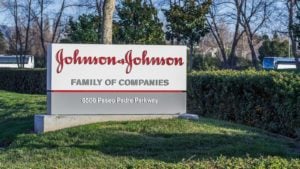
A healthcare giant, Johnson & Johnson (NYSE:JNJ) now focuses on its larger medical devices and pharmaceutical business units following its spinoff of Kenvue (NYSE:KVUE), which will tackle the consumer products side. Honestly, I can see either enterprise as solid long-term wagers for dividend stocks to buy. However, J&J may offer significant resilience should the economy suffer some snags.
In many ways, medical devices and pharmaceuticals are insulated from the ebb and flow of market conditions. They’re not perfectly insulated but they offer some measure of predictability. Cynically, people will find ways to bolster their health when they face troubles.
On a financial note, J&J isn’t that remarkable. Again, Gurufocus labels it fairly valued. However, it’s a consistently profitable enterprise, which is what you’d expect from this massive label. For passive income, J&J carries a forward yield of 2.74%. It’s not that generous, though it’s noticeably above the healthcare sector’s average yield of 1.58%. However, here’s the takeaway: the company enjoys 62 years of consecutive dividend increases.
Sempra Energy (SRE)
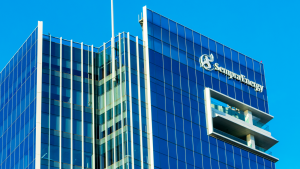
Moving onto arguably the most cynical idea for dividend stocks to buy on this list, Sempra Energy (NYSE:SRE) warrants close attention. Based in San Diego, California, Sempra is a public utility. I’ll tell you this much as a regional “insider,” if you will. Sempra isn’t winning many friends among its user base. However, it doesn’t give a hoot because it benefits from two fundamental catalysts.
First, the company represents a natural monopoly. Basically, the barrier to entry is so high that would-be competitors don’t even bother. Second, Sempra benefits from a captive audience. It’s not as if its utility customers can vote the company off the island. If you want to live in the most beautiful part of Southern California, you got to pay the sunshine tax.
And that tax has a name, the unofficial iteration being unrepeatable in polite company. Turning to passive income, Sempra offers a forward yield of 3.3%. Now we’re getting into stocks with high dividends. Also, the payout ratio comes in at just under 50%, which is very reasonable for the yield you’re getting.
AbbVie (ABBV)
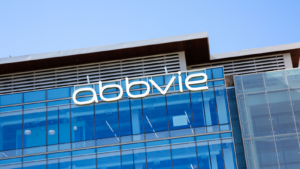
One of my favorite pharmaceutical companies, AbbVie (NYSE:ABBV) could easily rank among the dividend stocks to buy. I’m not just talking about the immediate time period but rather about the long haul. With the company’s acquisition of Allergan, AbbVie now controls Botox. A cosmetic prescription medicine, Botox will almost certainly rise in demand as millennials get older.
Cynically speaking, millennials represent a rather vain demographic, given their obsession with social media. And that goes five-fold for Generation Z. So, when these youth-and-looks-obsessed folks grow older – oh, the horror! – they’re going to be desperate to retain their aesthetic vigor.
Do you know those nasty comments that Paulina Porizkova gets? Well, the joke’s going to be on the Zoomers that are lashing out at her when they become Porizkova’s age. The other beautiful thing about AbbVie is its forward yield of 3.89%. Running conspicuously higher than the underlying sector average, ABBV makes a case for stocks with high dividends. Also, its payout ratio of 53.47% isn’t too shabby.
IBM (IBM)
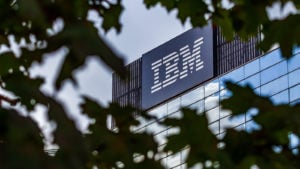
With so much hype centered on artificial intelligence, IBM (NYSE:IBM) would seem a shoo-in for dividend stocks to buy. And it’s exactly that, in my opinion. However, I’ve got to be honest – the market doesn’t seem to feel this narrative. Since the start of the year, shares gained just a hair over 1%. Nevertheless, in the trailing month, IBM gained nearly 8% of equity value.
It’s possible folks got the message. While so many companies love waxing poetic about AI, “Big Blue” has been at the forefront of digital intelligence. With initiatives like Watson, the company continues to push what’s possible with machine learning. Also, investors benefit from partnerships generating real AI solutions rather than laboratory gimmicks.
And it gets better. Right now, IBM offers a forward yield of 4.64%. This yield easily makes Big Blue one of the stocks with high yields, outpacing the tech sector’s average yield of 1.37%. Also, the company commands 30 years of consecutive payout increases.
Philip Morris (PM)

To be sure, identifying Philip Morris (NYSE:PM) as one of the best dividend stocks to buy isn’t devoid of controversy. As one of the big tobacco firms, Philip Morris probably won’t court too many folks’ sympathies. At the same time, I’m a big believer in adult choices. If you want to partake in tobacco products, that decision is up to you, not the government or any other authority.
Of course, the big criticism of PM – from a business perspective as opposed to a moral one – centers on fading global smoking rates. However, vaporizers or e-cigarettes, or e-vapor (or whatever you want to call them) products have risen in popularity.
In fairness, there’s an ugly side to this demand profile which is a different discussion for a different day. But with so many “analog” smokers seeking a cleaner alternative, Philip Morris could benefit from rising demand. For now, it’s one of the stocks with high dividends. Specifically, PM carries a forward yield of 5.28%. Also, it commands 14 years of consecutive dividend increases. Just watch for the payout ratio of 73.89%, which is on the high side.
On the date of publication, Josh Enomoto did not have (either directly or indirectly) any positions in the securities mentioned in this article. The opinions expressed in this article are those of the writer, subject to the InvestorPlace.com Publishing Guidelines.




